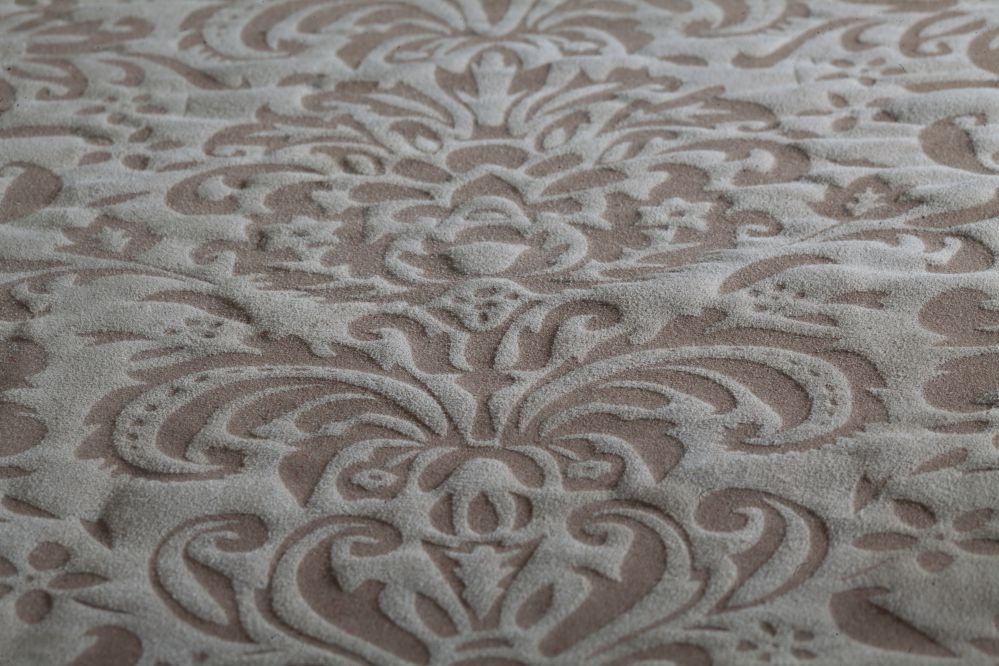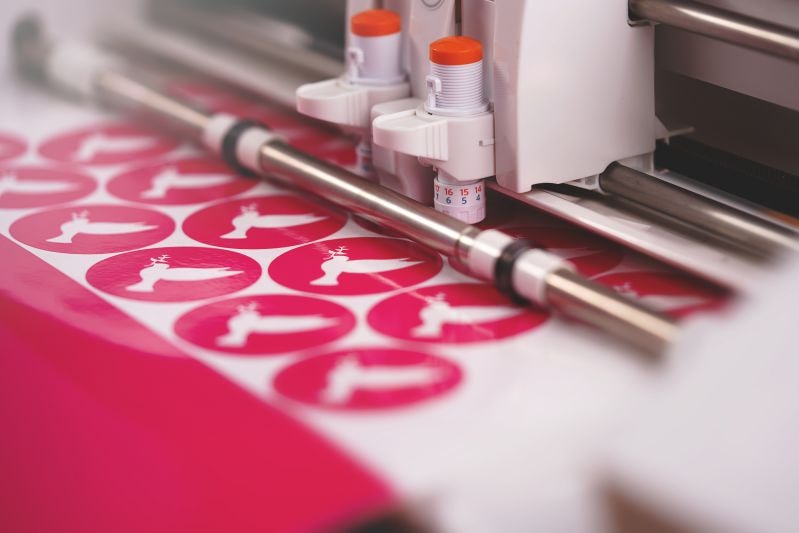The fashion industry is always looking for new ideas and new technology to make them possible. Laser has become an incredible tool for stylist and designers, enabling them bring even the most technically difficult ideas to light. The pioneer designers who made the first use of laser, often went on to become famous in the fashion world.
It is a known fact that originality takes the win in fashion.
Laser technology has changed the way fashion is designed and produced. Now, like most other sectors, textile manufacturers can use the techniques of digital production: fast prototyping, small scale productions, and the possibility to produce on demand.
When some processes could only be made by an experienced artisan, with laser cutting, they can now be made almost instantaneously and in a perfectly uniform and precise way.
Laser cutting for textiles in fashion
There are many materials used in fashion, most of which can be cut by laser. Though fabric is still the most popular material, acrylic polymers (used for fashion accessories and shoe making) is also commonly used by the fashion industry.
Here is a list of the most common materials that can be cut by laser:
- fabric of natural or plant origin
- wool
- cotton
- linen
- synthetic fabric
- polyester
- nylon
- elastan
- fabric of animal origin
- leather
- silk
- acrylic plastic
- PMMA
- wood
- lace and crochet
- thin metal decorations
The process
The laser beam is concentrated on a specific area of the material until it provoques immediate evaporation. This process, called sublimation, is instantaneous and produces precise and clean cuts.
Other effects can be obtained by varying the laser’s speed. Indeed, laser cutting isn’t the only possible operation. By using the same laser, one can obtain marking effects for decoration.
The process is contactless so there is no risk of leaving unwanted traces on the material. This is particularly advantageous for delicate materials such as silk. This characteristic makes it possible to decrease or even eliminate wear and accidental damage during production, guaranteeing a better end product for sales.
The right technology to use
CO2 laser is by far the most popular in the fashion industry. It is powerful and versatile, and its wavelength is compatible with all the materials used in this field.
A laser system optimized for fabric cutting includes a CO2 laser source and a scanning head. Both are controlled by a software that manages their parameters according to the intended result.
The laser source’s job is to generate a laser beam. The types of laser power available range from low power CO2 lasers like El.En.’s RF88, to high power ones like El.En.’s Blade RF888. The choice of laser power will depend on what kind of production system the CO2 laser is inserted in: the higher the power, the faster the production will be.
The scanning head’s job is to concentrate the laser on the surface and move it along the desired path.
The software is the ‘brain’ of the system: it translates the information contained in vector file produced by the designer in impulses for the scanning head and laser source.
The main advantage of such a system is that it can be completely automated: it can be integrated in pre-existing productive systems or take part in a system made especially for laser cutting.
Do you want a tailor-made application?
As previously explained, laser technology has a wide range of applications. The best way to know which application is right for you, and find the ideal configuration, is to talk to an expert. Send us an email to explain your requirements and we will find the best solution for you.




